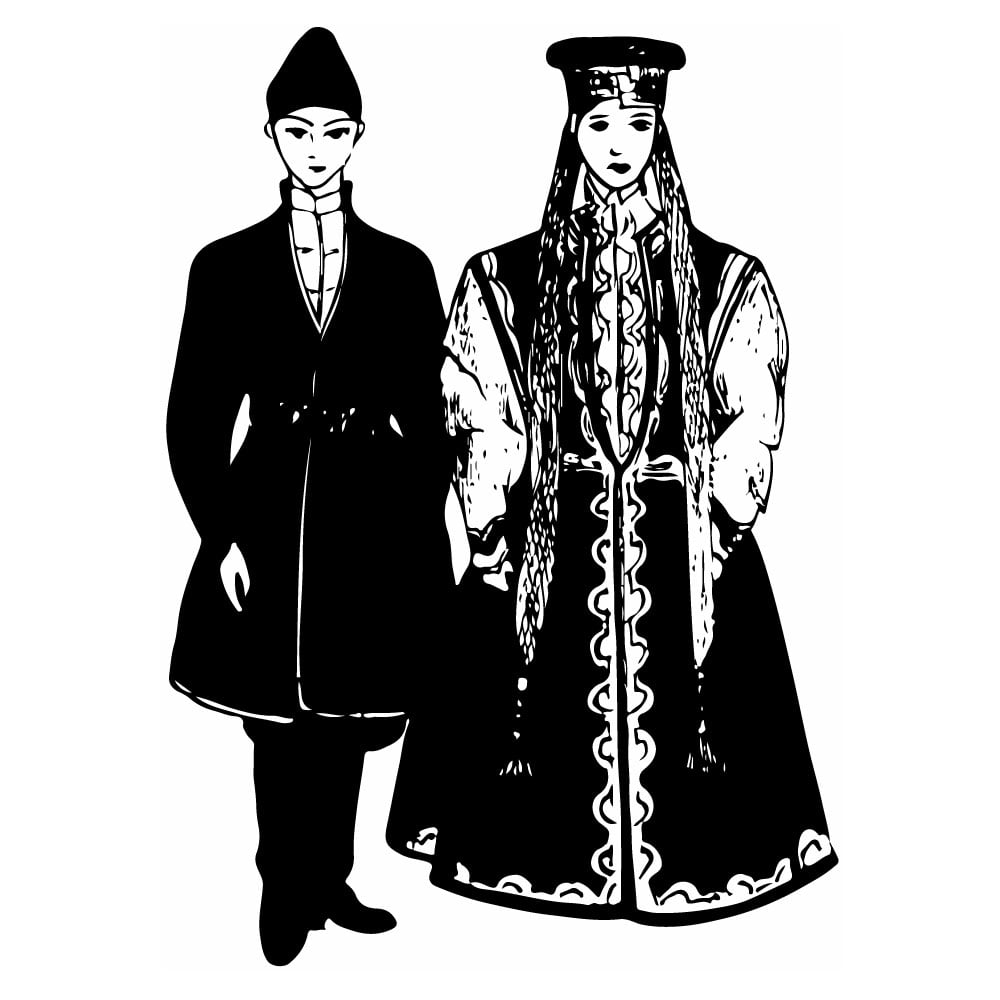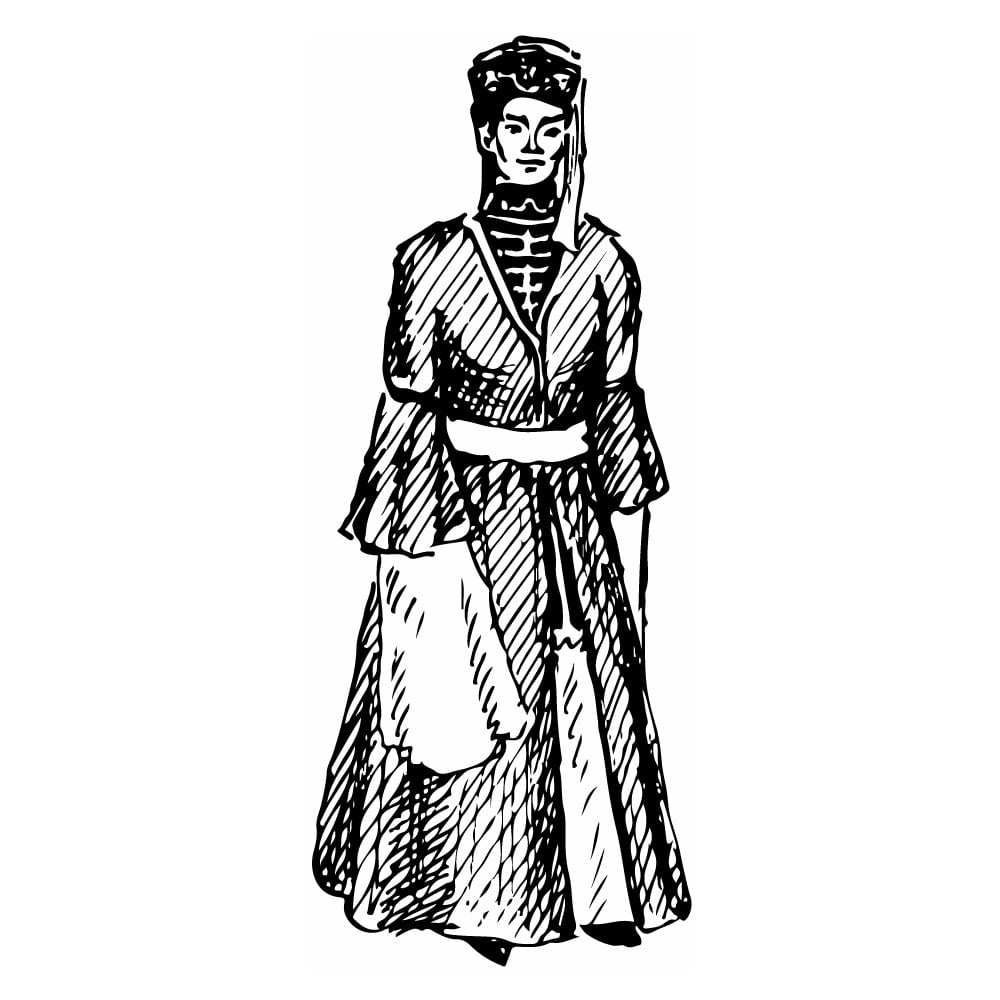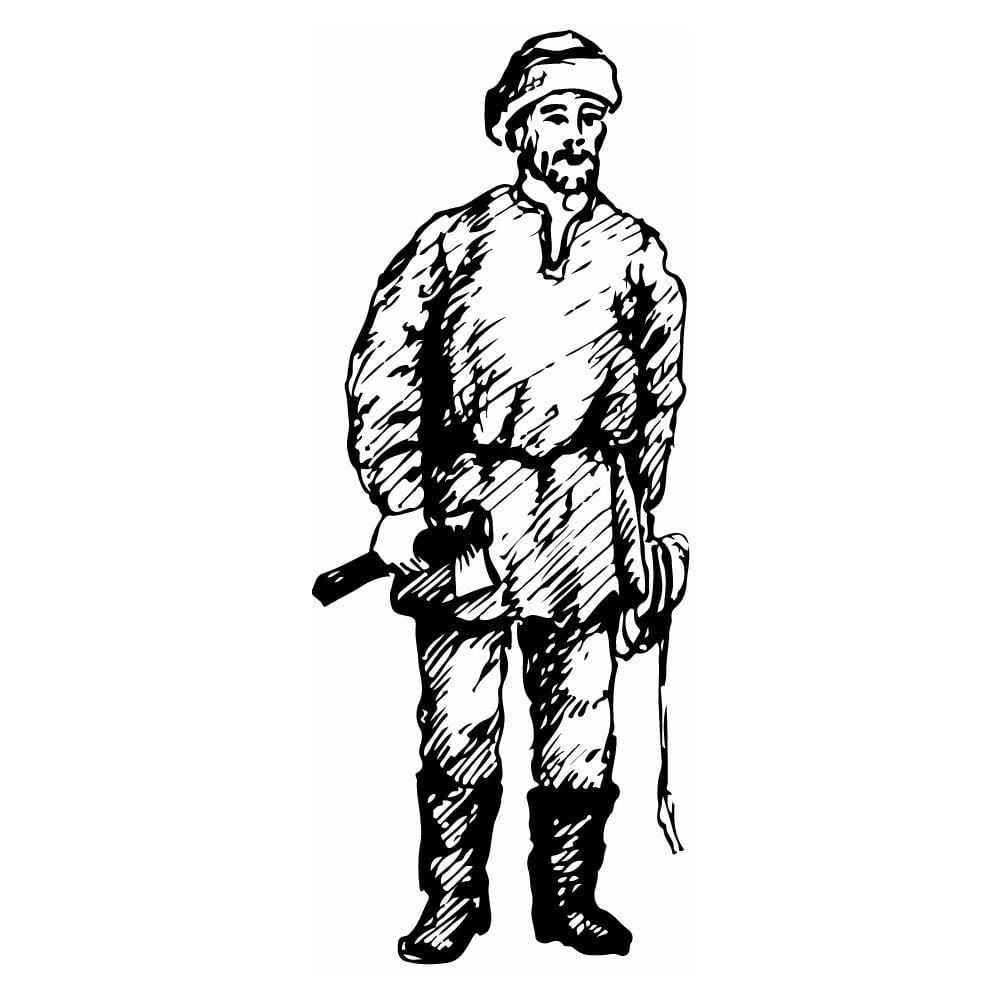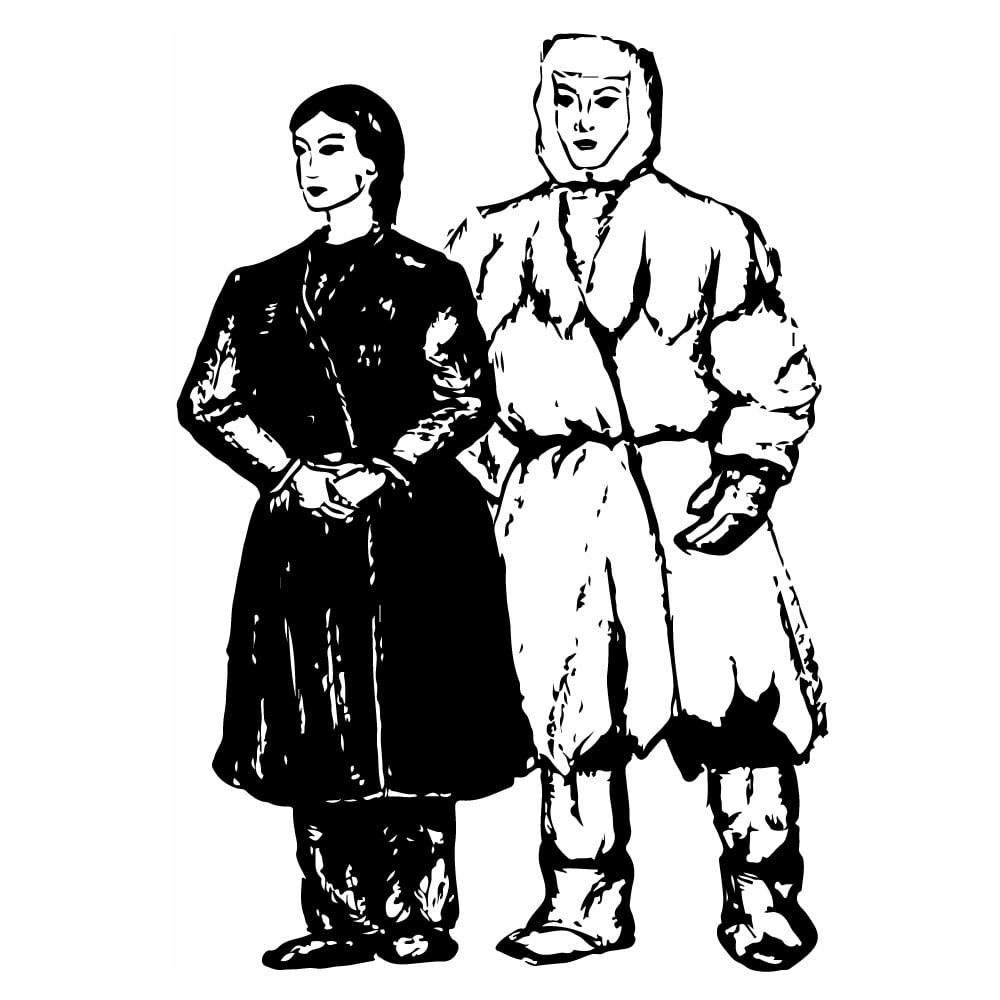Altai
| Population | 71,000 |
| Language group | Turkic |
| Language | Altai |
| Region | Gorno-Altai Autonomous Region, South Siberia, partially China and Mongolia |
| Center | Gorno-Altaisk |
| Religion | Animism/Shamanism |
*Population estimates for 1994
Before the beginning of the twentieth century, the Turkic speaking population of the Russian Gorno-Altai Mountains was divided into the following territorial groups: 1) the Altai (or Altai-Kizhi, as they called themselves); 2) the Telengits; 3) the Teles; 4) the Teleuts; 5) the Kumandin; 6) the Tubalar; 7) and the Chelkan. In Russian scientific work they were called “the Altai,” just the way the majority of them called themselves. The majority of the Altai inhabit the valleys and basins of the Katuni, Ursula, Charysha, Kana, Peschanaya, Sema, and Maima rivers.
Today, due to the common economical and cultural life the territorial and administrative rule, one literary language, the division of the Altai into groups, and territorial units has lost its importance. The division of Gorno-Altai Autonomous Region into ethnic parts is done solely for historical considerations. Linguistically, and according to their ethnic descent and past culture, the Altai tribes are divided into two groups: the North Altai (the Tubalar, Chelkan, and Kuman-din) and the South Altai (the Altai proper, Altai-Kizhi, Telendits, Teles, and Teleuts).
Since the beginning of the thirteenth century, the Altai belonged to the Genghis Khan’s empire. Later, the Altai were parts of different feudal states. In 1756, the Altai were naturalized into Russia.
During the Russian Empire rule, the South Altai were primarily engaged in nomadic and semi-nomadic cattle breeding. The improvement and strengthening of the Altai economy was favored by the development of agriculture and the trades whose products were sold. Altai owe the development of vegetable-growing to the Russians. In the northern districts, the Altai developed apiary bee-keeping, which they also borrowed from Russians.
The Altai national dress differed according to social status and territory. Men’s clothing consisted of a long, wide shirt that was a little past the knee and long trousers of thick canvas and processed roe skin; linen was not used. A robe was then put over the shirt. The clothing of the Altai women were the same as men’s except for overalls. The specific item of the clothing for married woman was a sleeveless jacket with long flaps called a chegedek. The chegedek had no sleeves and could be put on over any dress. At present, the old national design of the men’s clothes has been preserved in the industrial costume. It is best adapted to local climatic and geographical conditions. The women’s clothing has preserved national features. Even at present day, the various decorations are of great importance as part of their dress.
The Altai have a rich folklore in the form of heroic legends and songs of everyday life. They are the most widely spread and popular genres of the folklore form. Among other arts, it is necessary to mention primitive wood carving, leather stamping, and a bit more developed felt application.
According to their religious beliefs, the Altai professed Shamanism. They believed the world to be inhabited by good and evil spirits who guided the lives of the Altai, bringing them sorrow and joy. The Shamans were the mediators between the people and the spirits. A considerable part of the Altai was converted into Christianity by missionaries. However, the majority of Altai Christians have adopted only the formal and ceremonial part of the new religion. Since the 1904, the Altai of some cattle-breeding districts have adopted the Burkhanist cult that was a variety of Mongolian Lamaism mixed with some Altai Shamanism elements.
Currently, agriculture is the keystone of the Altai economy. Local climatic and geographical conditions favor the development of cattle-breeding; it is the main branch of Altai agriculture.
This is Ad 1





























